 On partially liquefying carbonic acid by pressure alone, and gradually raising at the same time the temperature to 88° Fahr., the surface of demarcation between the liquid and gas became fainter, lost its curvature, and at last disappeared. The space... On partially liquefying carbonic acid by pressure alone, and gradually raising at the same time the temperature to 88° Fahr., the surface of demarcation between the liquid and gas became fainter, lost its curvature, and at last disappeared. The space...  Elements of chemistry: theoretical and practical - Page 329by William Allen Miller - 1863Full view Elements of chemistry: theoretical and practical - Page 329by William Allen Miller - 1863Full view - About this book
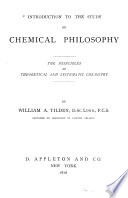 | Sir William Augustus Tilden - 1876 - 316 pages
...disappears. The space is then occupiec' by a homogeneous fluid, which exhibits, when the pressure is suddenly diminished or the temperature slightly lowered, a peculiar appearance of moving or flickering stria; throughout its entire mass. At temperatures above 88° F., no apparent liquefaction... | |
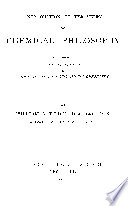 | Sir William Augustus Tilden - 1876 - 300 pages
...disappears. The space is then occupied by a homogeneous fluid, which exhibits, when the pressure is suddenly diminished or the temperature slightly lowered, a peculiar appearance of moving or flickering strise throughout its entire mass. At temperatures above 88° F., no apparent liquefaction... | |
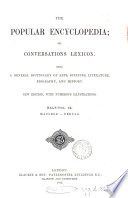 | Popular encyclopedia - 1877 - 526 pages
...gradually raising at the same time the temperature to 88" Fahr. [31°-: C.], the surface of demarkation between the liquid and gas became fainter, lost its...slightly lowered, a peculiar appearance of moving or flickering stria; throughout its entire mass. At temperatures above 88" Fahr. no apparent liquefaction... | |
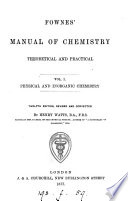 | George Fownes - 1877 - 588 pages
...disappears. The space is then occupied by a homogeneous fluid, which exhibits, when the pressure is .suddenly diminished, or the temperature slightly lowered, a peculiar appearance of moving or flickering strife throughout its entire mass. At temperatures above 31° no apparent liquefaction of... | |
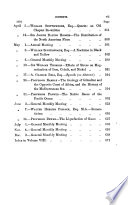 | Royal Institution of Great Britain - 1879 - 696 pages
...concave surface of demarcation between the liquid and gas and at last disappeared. The space was now occupied by a homogeneous fluid, which exhibited, when the pressure was suddenly diminished, or temperature slightly lowered, a peculiar appearance of moving or flickering striae throughout its entire... | |
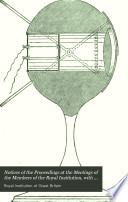 | Royal Institution of Great Britain - 1879 - 698 pages
...concave surface of demarcation between the liquid and gas and at last disappeared. The space was now occupied by a homogeneous fluid, which exhibited, when the pressure was suddenly diminished, or temperature slightly lowered, a peculiar appearance of moving or flickering striae throughout its entire... | |
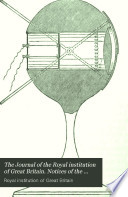 | Royal institution of Great Britain - 1879 - 724 pages
...concave surface of demarcation between the liquid and gas and at last disappeared. The space was now occupied by a homogeneous fluid, which exhibited, when the pressure was suddenly diminished, or temperature slightly lowered, a peculiar appearance of moving or flickering striae throughout its entire... | |
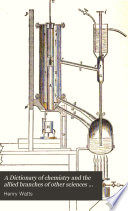 | Henry Watts - 1882 - 1118 pages
...observed by Andrews that when liquid carbonic anhydride was gradually heated to 31°, the surface of demarcation between the liquid and gas became fainter,...slightly lowered, a peculiar appearance of moving or flickering strise throughout its entire mass. At temperatures above 31° no apparent liquefaction of... | |
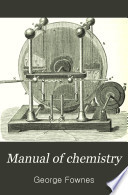 | George Fownes - 1883 - 602 pages
...disappears. The space is then occupied by a homogeneous fluid, which exhibits, when the pressure is suddenly diminished, or the temperature slightly lowered, a peculiar appearance of moving or flickering striae throughout its entire mass. At temperatures above 31° no apparent liquefaction of... | |
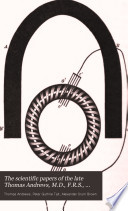 | Thomas Andrews - 1889 - 632 pages
...pressure alone, and gradually raising at the same time the temperature to 88° Fahr., the surface of demarcation between the liquid and gas became fainter,...slightly lowered, a peculiar appearance of moving or dickering stria* throughout its entire mass. At temperatures above 88' no apparent liquefaction of... | |
| |